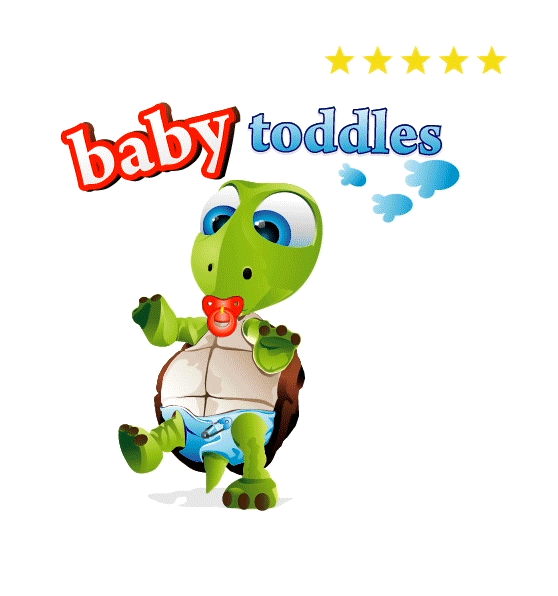Blog
Kids and Anxiety – When Is It Too Much?
Tension is undoubtedly an pandemic in our modern society. Most of us used to think about worrying as a thing grown people did and childhood as carefree, but it appears all that has shifted.
An increasing number of kids are afflicted by nervousness to the level that it really is interfering with their capacity to experience living as well as thrive and expand properly. We can describe anxiety as a distressful subjective perception associated with worry, fear and dread.
It is normal to have these sensations sometimes. Which means that if you’re the mother or father of a boy or girl who seems anxious it is essential to differentiate between typical amounts of anxiousness and detrimental levels of anxiety symptoms.
While we often think about worry and anxiety as emotions, they also are most unquestionably have actual physical effects. Left untreated, constant stress and anxiety can easily significantly disrupt a child’s overall health and normal development. Childhood anxiety symptoms cover a lot of ground.
Prevalent physical indicators can be excessive sweating, abdominal discomfort, diarrhea, weakness, nausea or vomiting, stomach problems, difficulty breathing, chest discomfort and others.
Furthermore, anxiousness negatively impacts a child’s ability to focus and concentrate, which carries self evident implications for their potential to study. Clearly, we do not wish any of our children to get stuck in this particular state. As I pointed out, some degree of nervousness is very normal, to be expected and even useful. As a child matures, they need to learn how to deal with the ever more tricky challenges life delivers them. Generally just about any significant change, such as transferring or attending a new school, can lead to some of tension. In the middle of these problems, a child may seem to be short of self confidence and become a lot more unlikely to take risks. They may regress in terms of their particular need for support from their mother and father.
Most often, this type of anxiety eases upwhen the child slowly discovers howto handlethe new situation. The difference between typical and abnormal anxiety depends largely upon the degree of distress and whether or not it interferes with the child’s healthy performance.
In addition , it is determined by the child’s maturity. Anxiety at being separated from a parent can be typical at age 2 but not at age 12. Kids can easily discover how to handle worry, even serious worry, effectively. Mothers and fathers can be a huge benefit here especially when they use a course such as The Anxiety Free Child Program.

